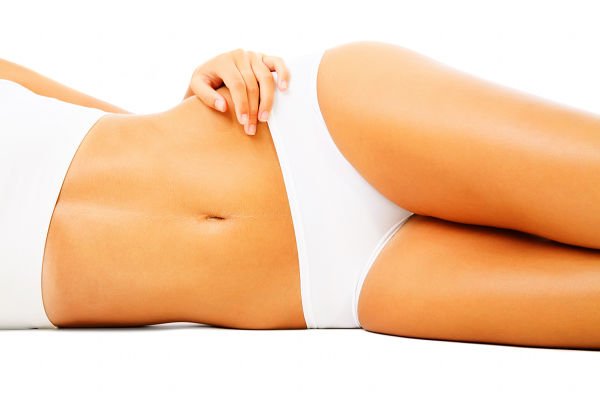To date, stretch marks were a serious aesthetic problem which was usually very difficult to correct. Traditional treatments with topical products and dermabrasion offer mild results, with the risk of hyperpigmentation.
Striae Repair, an IML protocol, achieves an improvement of 75% in every type of stretch mark with no damage to the epidermis.

Striae Repair achieves an improvement of 75% in every type of stretch mark
Stretch marks are atrophic lineal strips in body regions that have been exposed to tension or stretching in circumstances such as pregnancy, rapid growth in puberty, sudden changes in weight, inflammatory illnesses or the intake of corticoids. This distension of the skin alters the connective tissue of the dermis, causing alterations in the elastin-collagen fibres, reducing fibroblast activity responsible for generating new collagen fibres) and causes the characteristic indenting that mature stretch marks present.
Stretch marks, according to their degree of development, can be classified as in two stages:
Its main characteristic is the strategic combination of several treatments according to the severity of the stretch marks and other associated aesthetic problems:
It delivers columns of heat that remodel the atrophic collagen and elastin, decreasing altered microvascularisation of the stretch mark and improving its surface pigmenting. It application does not cause epidermal damage, keeping the skin intact. It is applicable both on new and mature stretch marks, giving way to a new and homogenous structural framework; fine, dense and re-structured.
Although improvement is noticeable from the first session, results are more and more visible as treatment advances and after completion, given that collagen and elastin regeneration and remodelling take place 6 months after ending treatment and the final assessment should be made at that time.
The number of sessions depends on the characteristics of each patient together with the medical criteria, although IML generally recommends 4 sessions, applied every 3 weeks. After each session, the patient can immediately return to normal daily activity, since the treatment only causes mild reddening that subsides within a few days and simply requires the application of sunscreen.
Would you like more information about stretch marks treatment? Contact Instituto Medico Laser now.